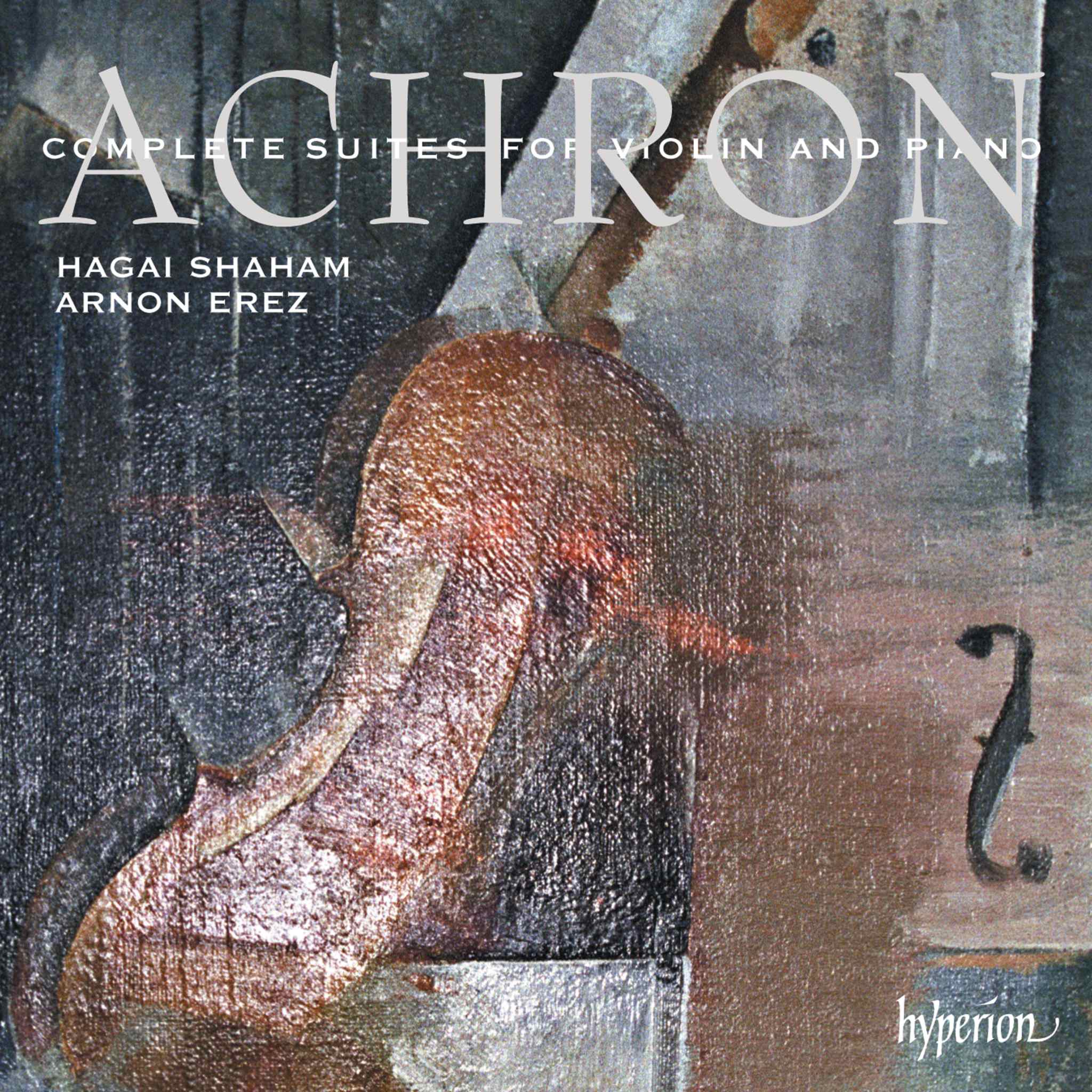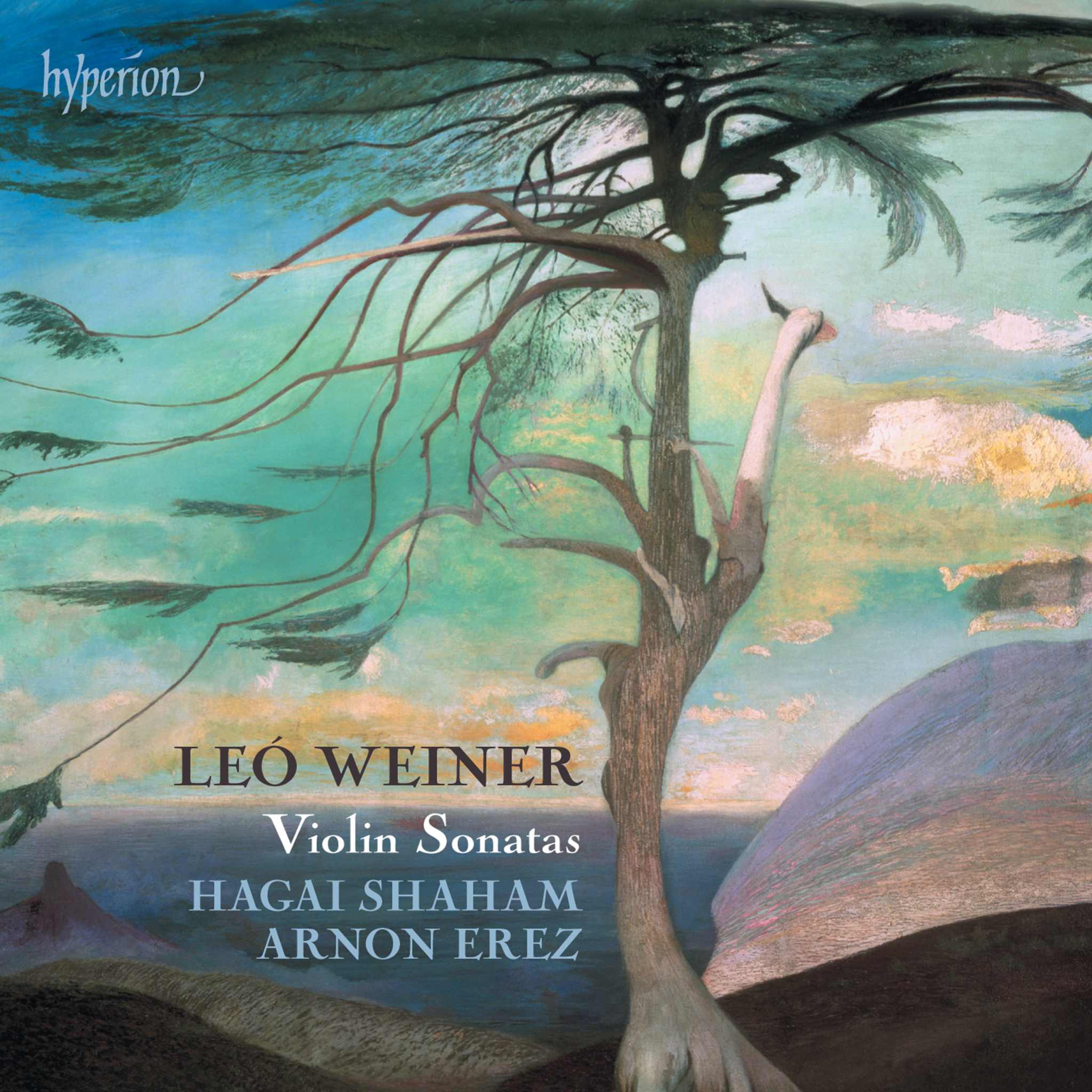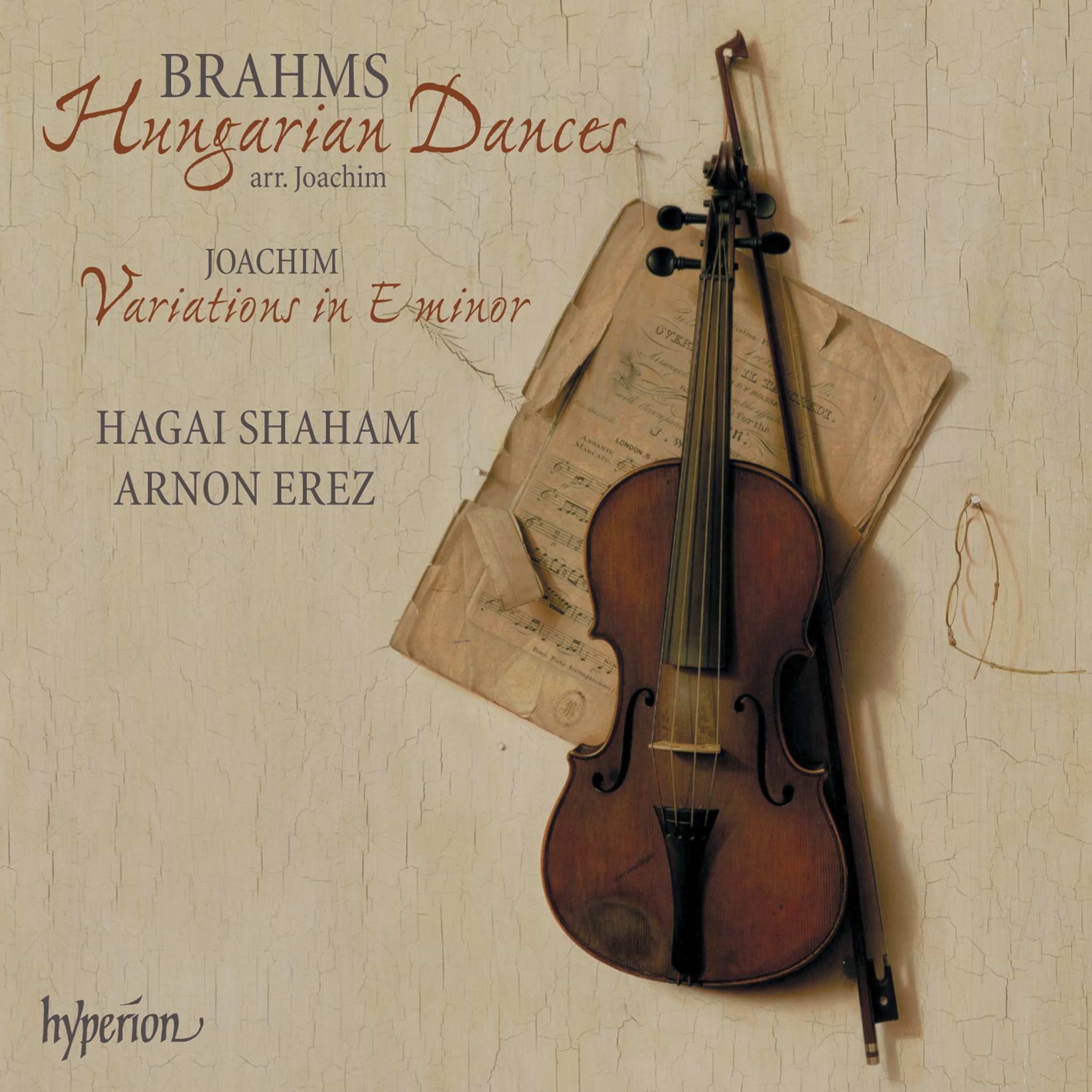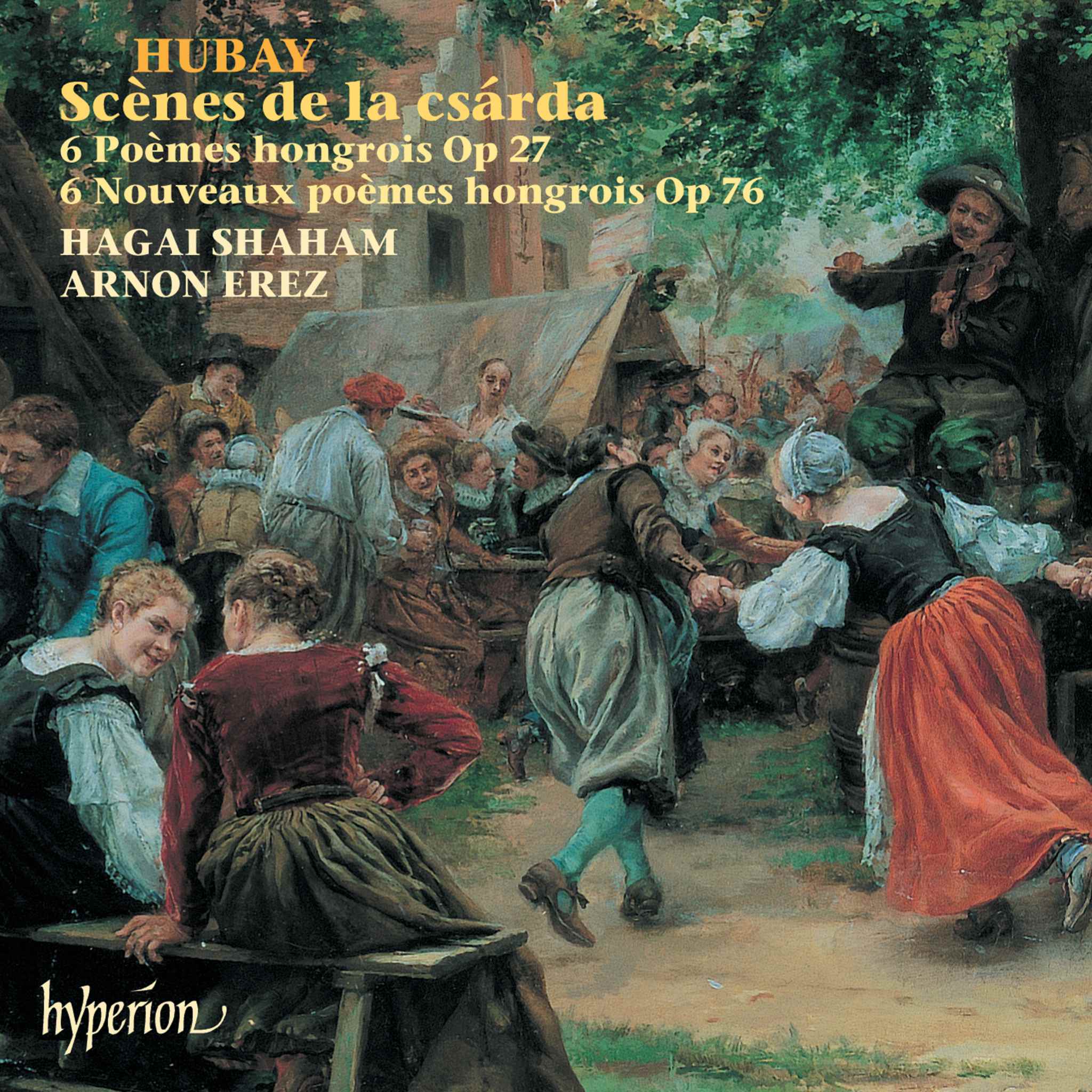Album insights
Claude Debussy vollendete sein einziges Streichquartett im Jahr 1893, als er 31 Jahre alt war. Dieses Werk, das den Beginn seiner bedeutenden Kammermusik markiert, vereint bereits Debussys unverwechselbare Handschrift mit Einflüssen russischer Komponisten wie Borodin sowie Elementen der zyklischen Form und harmonischen Gestaltung, die an César Franck erinnern. Die Uraufführung am 29. Dezember 1893 durch das renommierte Ysaÿe-Quartett fand zwar statt, doch erhielt das Quartett zunächst gemischte Kritiken. Während einige Debussys Originalität und Talent hervorhoben, stießen seine für die Zeit außergewöhnlichen Modulationen auch auf Ablehnung. Erst mit Debussys wachsendem internationalen Erfolg wurde das Quartett weithin anerkannt. Das Werk wurde mit der Opuszahl 10 und als „1er Quatuor“ veröffentlicht, obwohl ein zweites Quartett nie erschien. Besonders beeindruckte das raffinierte Scherzo mit seinen farbenreichen Streichereffekten, und der erste Satz fällt durch ein modales Hauptthema sowie einen lyrischeren zweiten Gedanken auf. Im langsamen Satz entfaltet sich eine träumerische Atmosphäre, bevor das Finale das Hauptthema in neuer Gestalt wiederaufgreift und das Werk klangvoll abschließt.








